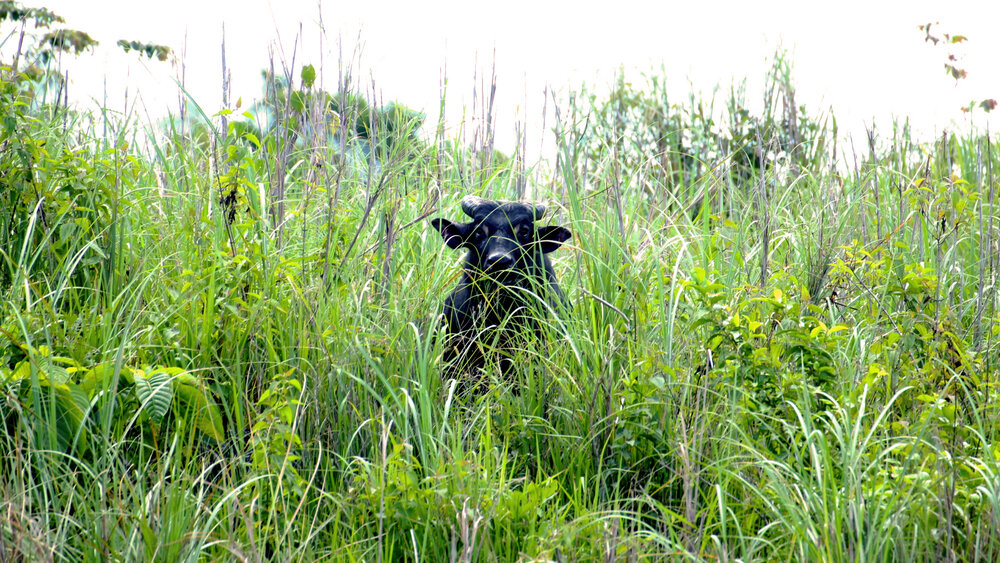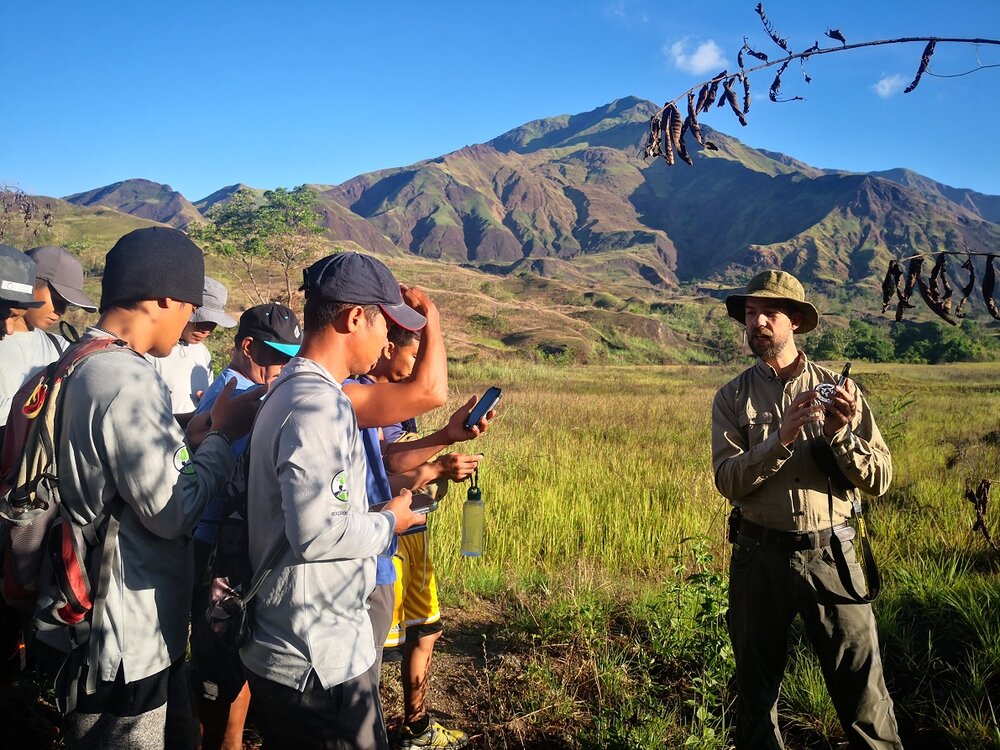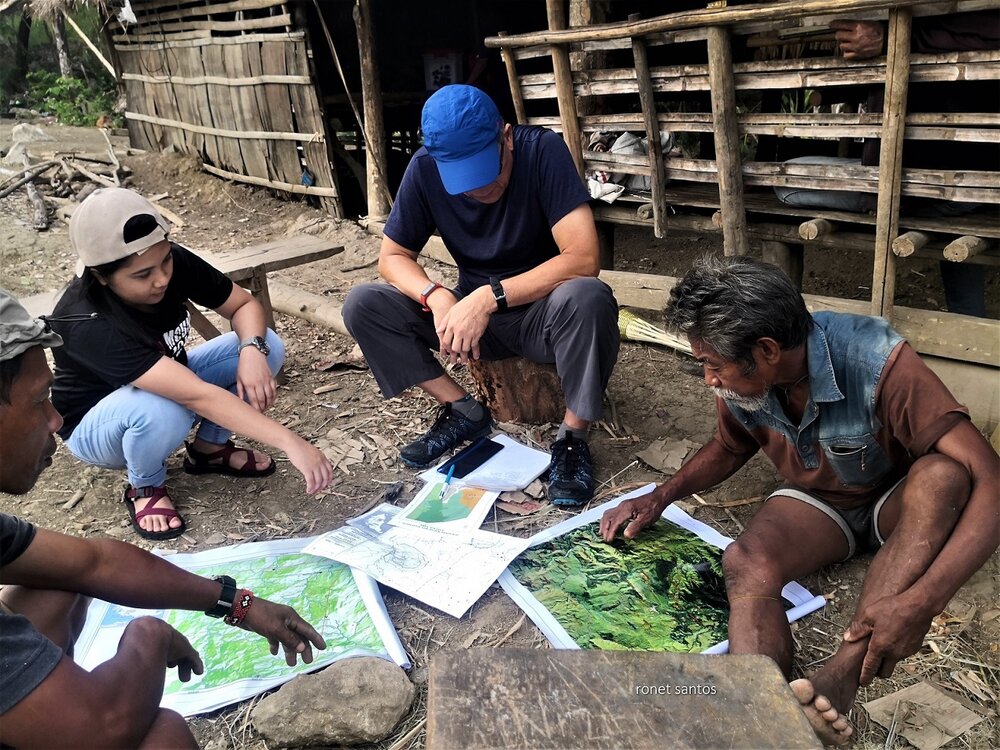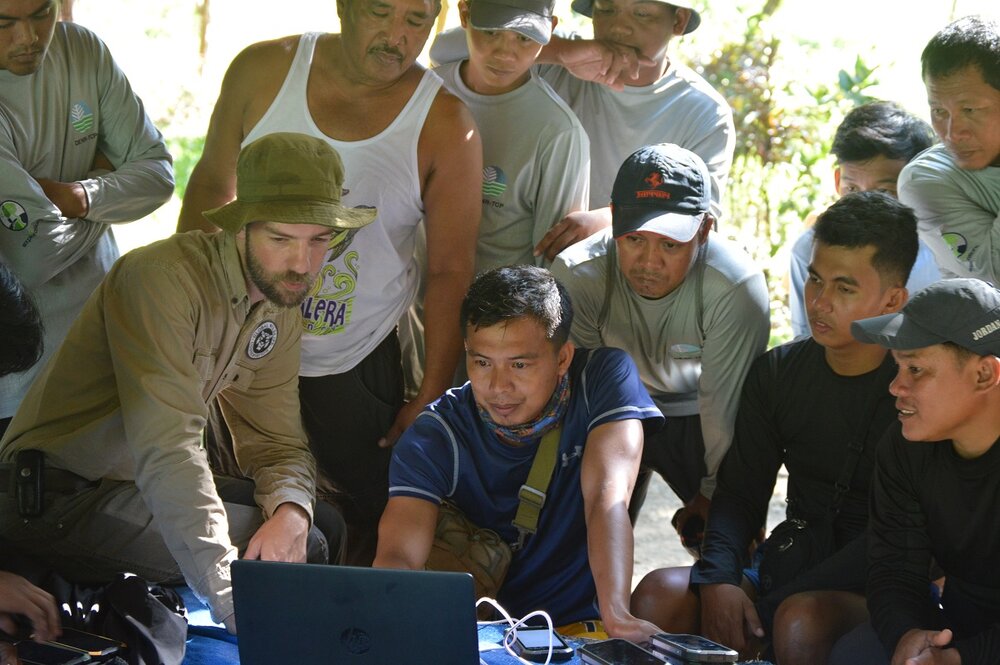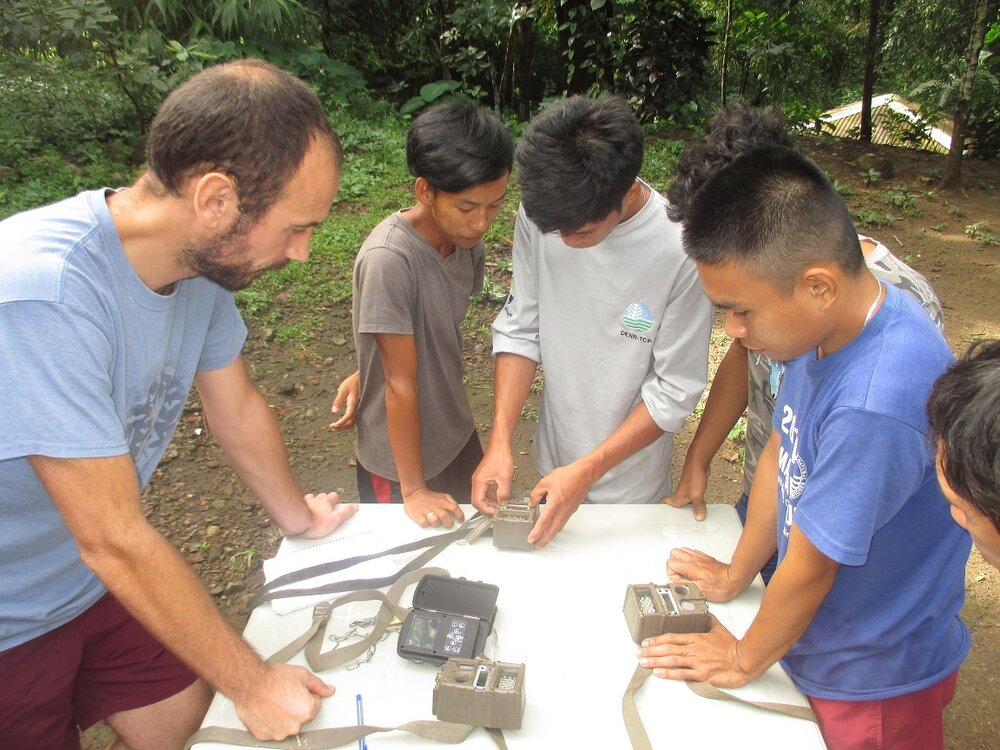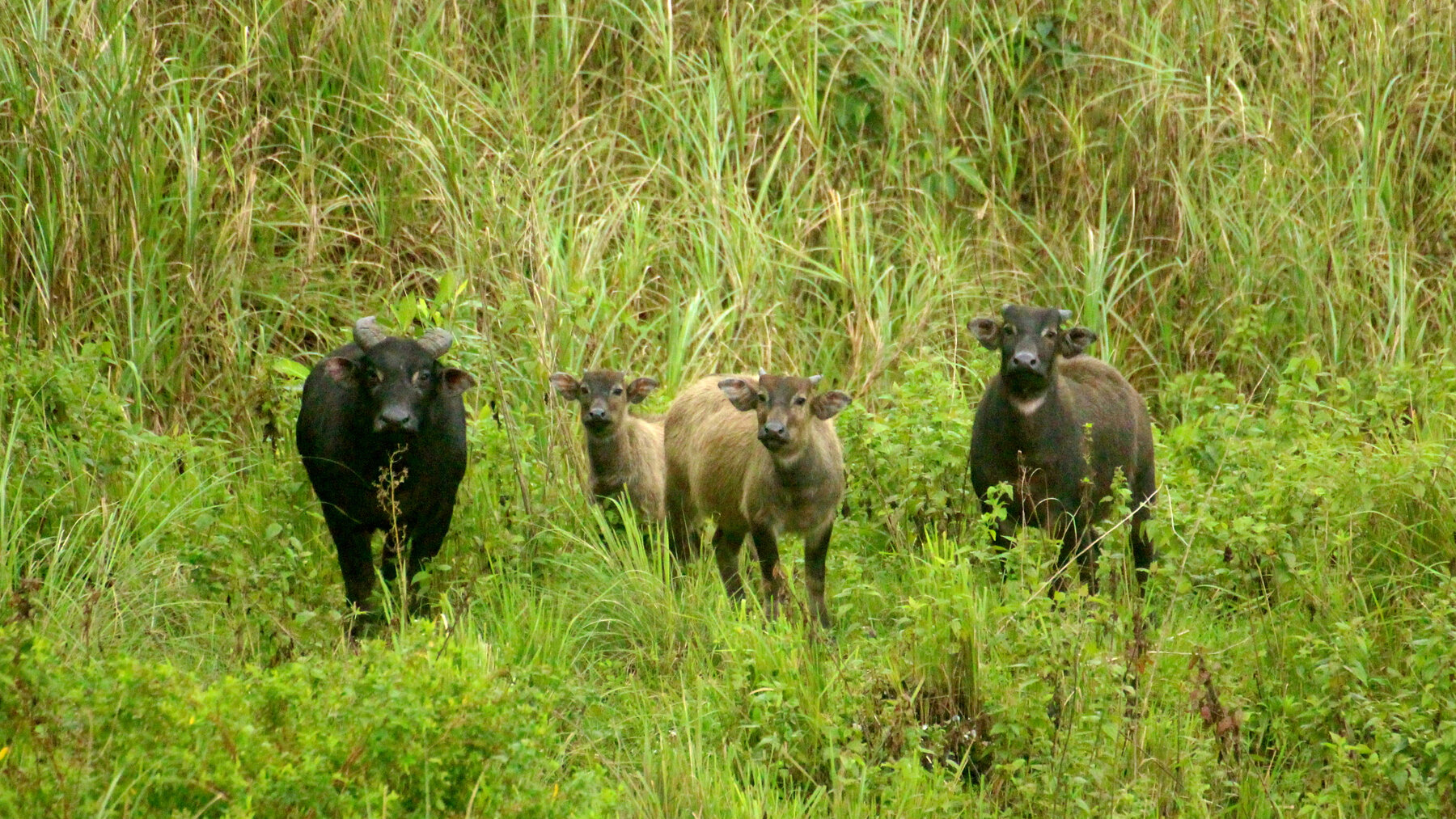
Tamaraw
Tierpark Berlin is helping to protect the tamaraw buffalo of the Philippines.
Project facts
- Project partner
D'Aboville Foundation
- Species
Tamaraw (Bubalus mindorensis)
- IUCN threatened status
Critically Endangered (CR)
- Project location
Mindoro, Philippines
- Greatest threat
Habitat loss; indiscriminate hunting; diseases transmitted by domestic water buffalo
- Response
Researching current population distribution; establishing close cooperation with the Mangyan people (indigenous groups that inhabit the island of Mindoro)
Threat Categories of IUCN


Endemic to Mindoro
The tamaraw is found only on the Philippine island of Mindoro, hence its alternative name. This island – and indeed the Philippines as a whole – is a biodiversity hotspot with a large number of endemic species. When the last survey was conducted in April 2019, the entire tamaraw population stood at around 470 individuals divided into three subpopulations.
Confined bovines
Because almost all the tamaraws live within the same small area, the species is extremely vulnerable. A natural disaster or localised disease outbreak could wipe out almost every last individual in one fell swoop. What’s more, there is no “back-up” tamaraw population in human care as this buffalo species has never been kept in a zoo outside of the Philippines. At one time, roughly 10,000 tamaraws roamed the island of Mindoro. Over time, this population has been decimated by hunting – including trophy hunting by wealthy foreigners – habitat loss, and disease transmitted by domestic water buffalo, so that now there are only some 470 individuals left. Most of this small population has been pushed back to the predominantly grassy volcanic slopes of the Mounts Iglit-Baco National Park, where they live at altitudes of up to 2,500 metres. The IUCN now classifies the tamaraw as “Critically Endangered”.
Outside help
On the recommendation of an IUCN specialist group for Southeast-Asian wild cattle, Tierpark Berlin is lending its support to the Manila-based D’Aboville Foundation. This foundation is the only NGO in the world that is actively working to protect the tamaraw. It cooperates with Mindoro’s indigenous Mangyan people.
The Tierpark’s contribution
As Tierpark Berlin is home to a large population of wild cattle, in 2016 it decided to begin supporting the D’Aboville Foundation’s efforts to protect the Mindoro tamaraw. Since then, two main initiatives have been funded by the Tierpark’s contributions. Various stakeholders organised the first edition of a forum exploring possible political influence. Twenty-five important local figures were invited to San Jose, a municipality in the province of Occidental Mindoro, to participate in a one-day workshop where they discussed hunting and illegal activities in protected reserves and on the ancestral land of the indigenous Mangyan people. The discussion also centred on how existing laws could be enforced to more effectively tackle these problems. Further events are planned as part of this series.
Finding solutions through dialogue
In addition, discussions and consultations were held in San Jose and at the park rangers’ base camps in order to develop a hunting management scheme in collaboration with the Mangyan people and the Mounts Iglit-Baco National Park management team. This scheme will apply to the tamaraw’s main area of distribution and aims to benefit both the human and animal population. There are also long-term plans to divide the national park into protected zones, multi-purpose zones, and settlement and farming zones, connected by a network of corridors. This initiative should meet the needs of both the tamaraws and the local indigenous groups.
Initial results
In 2017 field studies were conducted to seek out more tamaraws on Mindoro and to collect basic data on their distribution. The findings from these studies can serve as a basis for creating new protected areas for the species. As the tamaraws inhabit the ancestral land of the Mangyan people, their protection can only be guaranteed in cooperation with that community. At the beginning of 2018, an important and previously unknown subpopulation of Tamaraws was discovered outside the Mounts Iglit-Baco National Park, in the remote region of Amnay. The funding that enabled the studies to be conducted was provided largely by Tierpark Berlin.
Next steps
In 2019 the D’Aboville Foundation visited Tierpark Berlin to discuss the development and the future of this project. The aim is to further improve the methods for recording the population on Mindoro in the coming years, in order to be able to make an exact statement about the number of last Tamaraws in the future.
Photos: © D'Aboville Foundation

